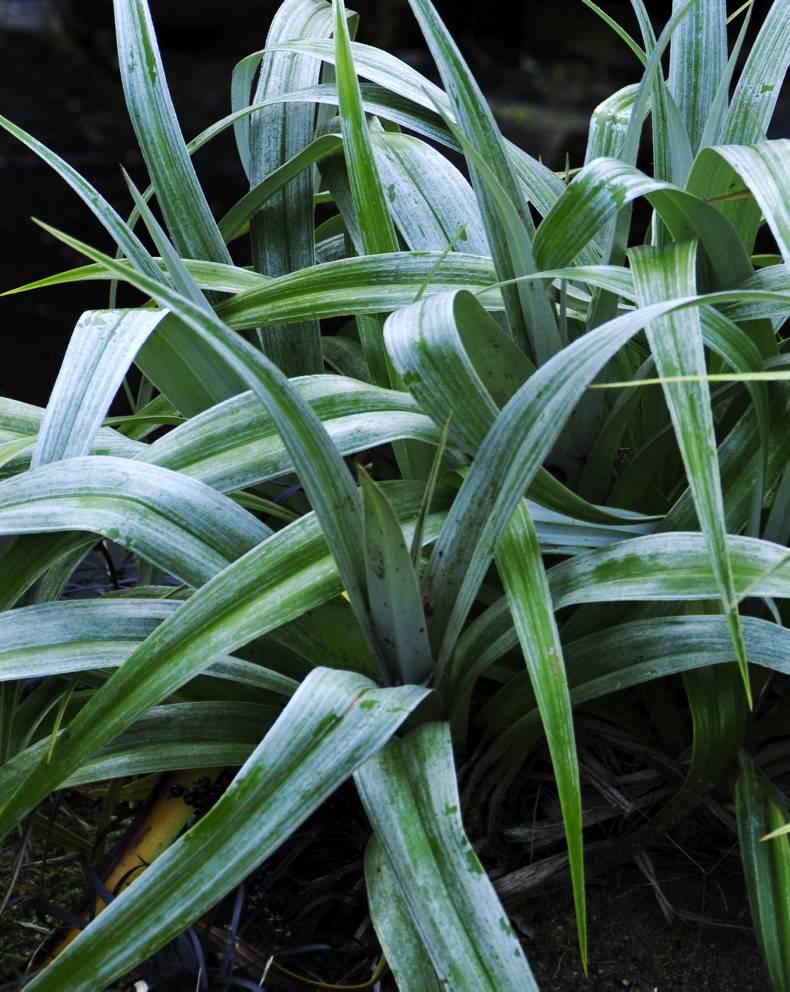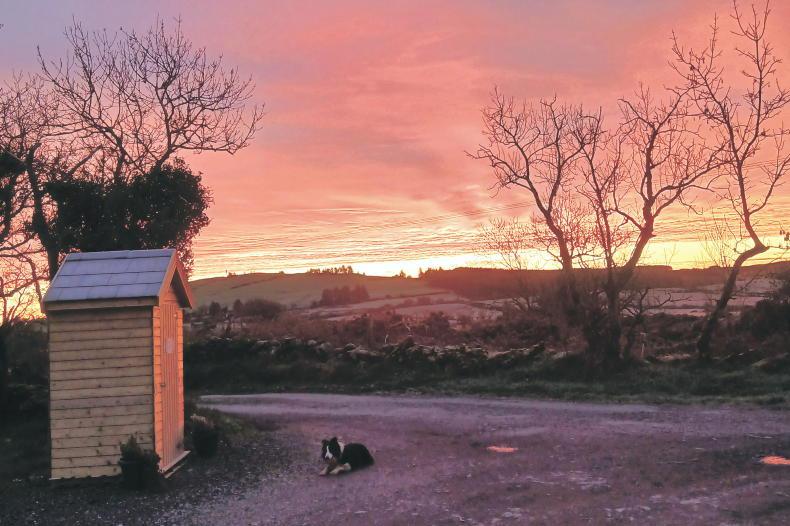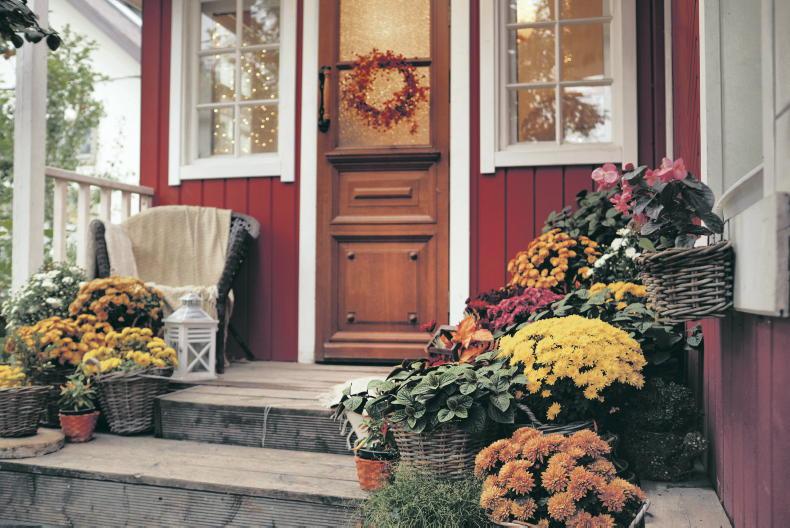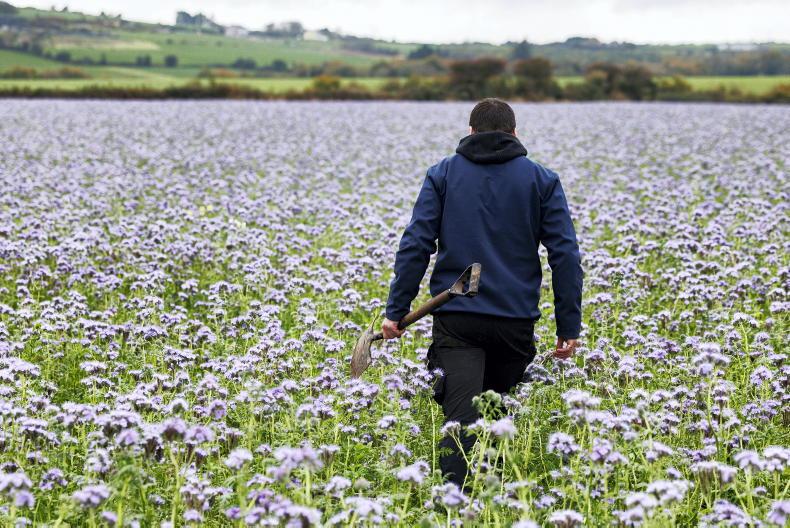The silver spear makes a dramatic show of tall, silvery evergreen leaves that last for years. It looks a bit like a silvery form of the New Zealand flax and they’re distantly related – both being members of the greater lily family. They also both come from New Zealand and have evolved in similar fashion in the relatively mild climate of that country. They are among the few garden plants that look much the same all year. However, year-round foliage can be a mixed blessing.
Some plants tend to look a bit boring if they stay the same year-round, others, including the silver spear, and the phormium, are never boring.
The silver spear has a certain jaunty liveliness that prevents it from becoming tiresome – perhaps it has something to do with those upward-pointing spikes. As the leaves get older and elongate, the plant can take on something of an arching habit lower down.
While it can add a fine contribution to summer’s display, contrasting with the rounded outlines of perennial flowering plants and small shrubs, its silver lightening the palette of colours, it really shows its value when the leaves fall from trees and shrubs and most other perennial flowers die back to soil-level or below.
It’s very useful in late winter, capable of bringing a touch of life to a whole bed or border. Its correct name is astelia, and there are two main kinds grown.
Astelia chathamica is from the Chatham Islands, 600km off the south coast of New Zealand. This is the bigger of the two species and can grow over one metre in height, especially in rich soil.
It would also appear to be the more resistant to frost damage and can withstand -8°C. The other kind, probably more widely available, is astelia nervosa, reaching about 80cm, with smaller, more narrow leaves.
Both kinds are capable of making a clump of 2m across, but will take 20 years to do so. There are some new varieties, such as Red Devil and Westland, with a flush of red-bronze or brown in the leaves, still overlaid with silvery hairs.
These are not unattractive, but lack the impact of the silver colour and do not offer much that coloured phormiums cannot provide.
The silvery colour of the leaves appears due to a combination of fine white hairs and white air-filled scales.
Silver spear looks well when associated with autumn colours, and in winter against the colour and texture of bark. It looks well with berries in the background too, especially with the withered seed-heads of border flowers and grasses.
An astelia plant beside a lawn, or within a gravel area, looks particularly well in the dull season. So it is a very versatile plant.
Although mainly grown for its superb foliage, silver spear produces greenish-bronze flowers, small and densely clustered on a short stem, but these are tucked away amid the foliage and are of no ornamental value.
Astelia grows in any reasonable soil that does not dry out too much as really dry soil tends to stunt the plant. It tolerates light shade, but looks best in full sunshine in a prominent place.
It is tough and wind-resistant, although it looks best if the leaves are not too messed about by strong winds. It forms a large clump in time and resists weeds well. The clump can be divided after a few years for new plants. CL
Sweet box
Winter flowering plants are noted for scent. Many of those that flower in the cool months produce fragrance to attract early flying pollinators, such as bumblebees.
A valuable member of the winter fragrance brigade is the sweet box or Christmas box. It normally produces a few sprigs for the festive season, but a much bigger production can be seen in January and February.
The flowers are just stamens, no petals at all, and hard to see unless you look at the twig undersides. So if you notice a sweet scent while visiting a garden these days, have a look for the sweet box, or other winter scent-makers.
The box part of the name comes from the box-like leaves, though larger. They are evergreen like those of common box.
This week
Flowers
Lifting and dividing of overgrown herbaceous flowers can be done now. This is the best time to move perennial flowers in gardens on heavy soil. If you want to raise your own geraniums, lobelias, busy lizzies and bedding begonias, these should be sown without delay and there is still time to sow most kinds of bedding flowers.
Trees, shrubs & roses
Bare-root or root-balled deciduous trees or shrubs should be planted within the next few weeks. Any young trees or shrubs that need to be moved should be shifted to their new positions within that time. Evergreens can be planted a bit later than deciduous trees. Rose bushes and repeat-flowering climbers should be pruned.
Fruit, veg & herbs
An opportunity to sow early vegetables, such as peas, broad beans and garlic, might arise. Tidy up globe artichokes, rhubarb crowns and asparagus plants. Sow early varieties of cabbage, cauliflower, carrots, lettuce and onions in trays/pots in the greenhouse for planting out later. Fruit trees should be planted as soon as possible.
Lawns
Although the ground has been wet, as soon as the sod firms up try to get a mowing done to reduce that early growth of grass that builds up unnoticed. It was quite a mild winter so far and moss has made a lot of growth. Apply sulphate of iron to knock back the moss. Lawn edges can be re-cut during this time as the soil is moist.
Greenhouse & house plants
Most greenhouse plants in pots will benefit from an increase in watering now as growth begins. Greenhouse camellias will be showing good-quality flowers. Sow seeds of tomatoes, peppers and chillies. Delayed sowing will delay cropping and ripening of the tail-end of the crop next October.










SHARING OPTIONS